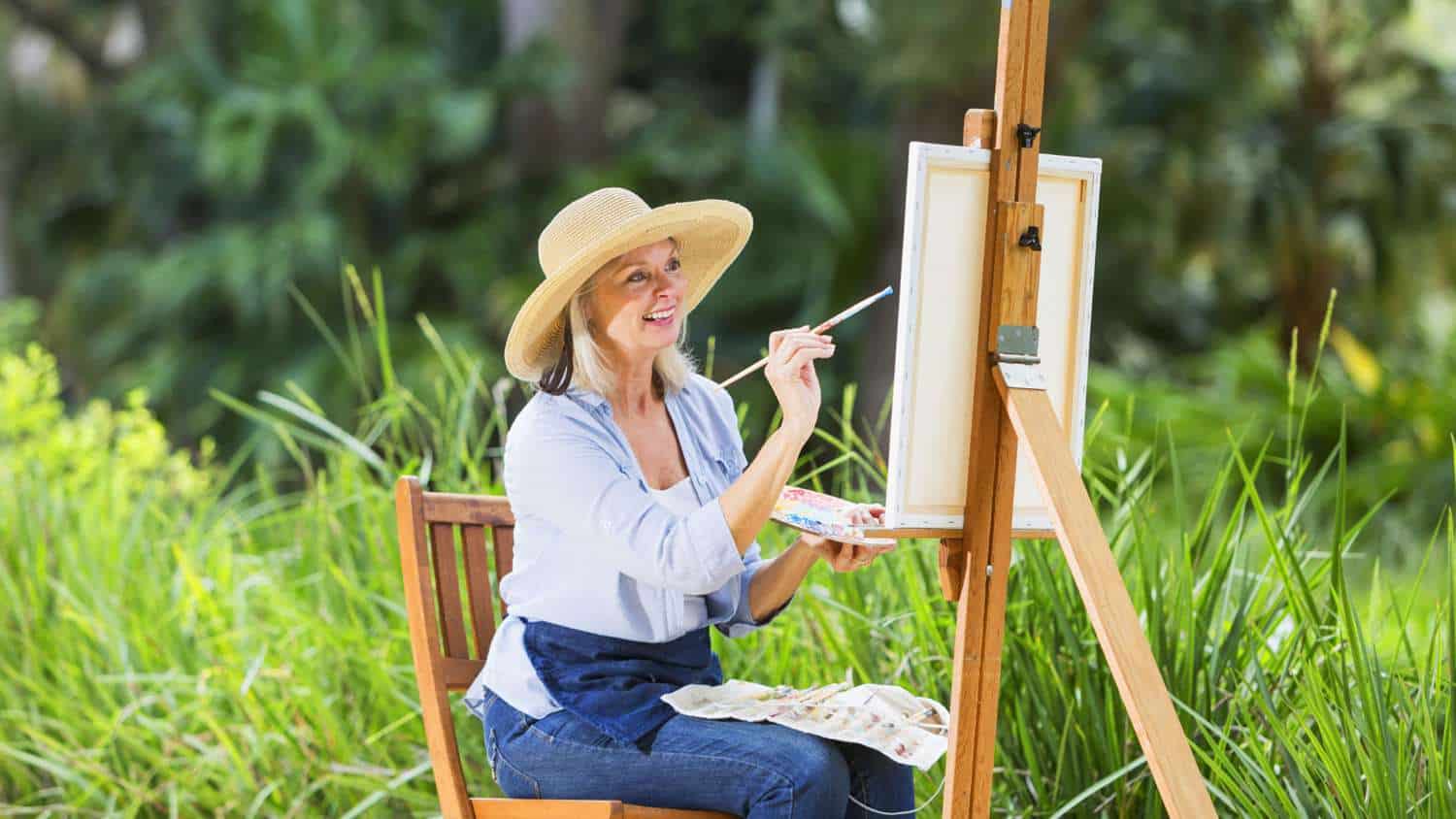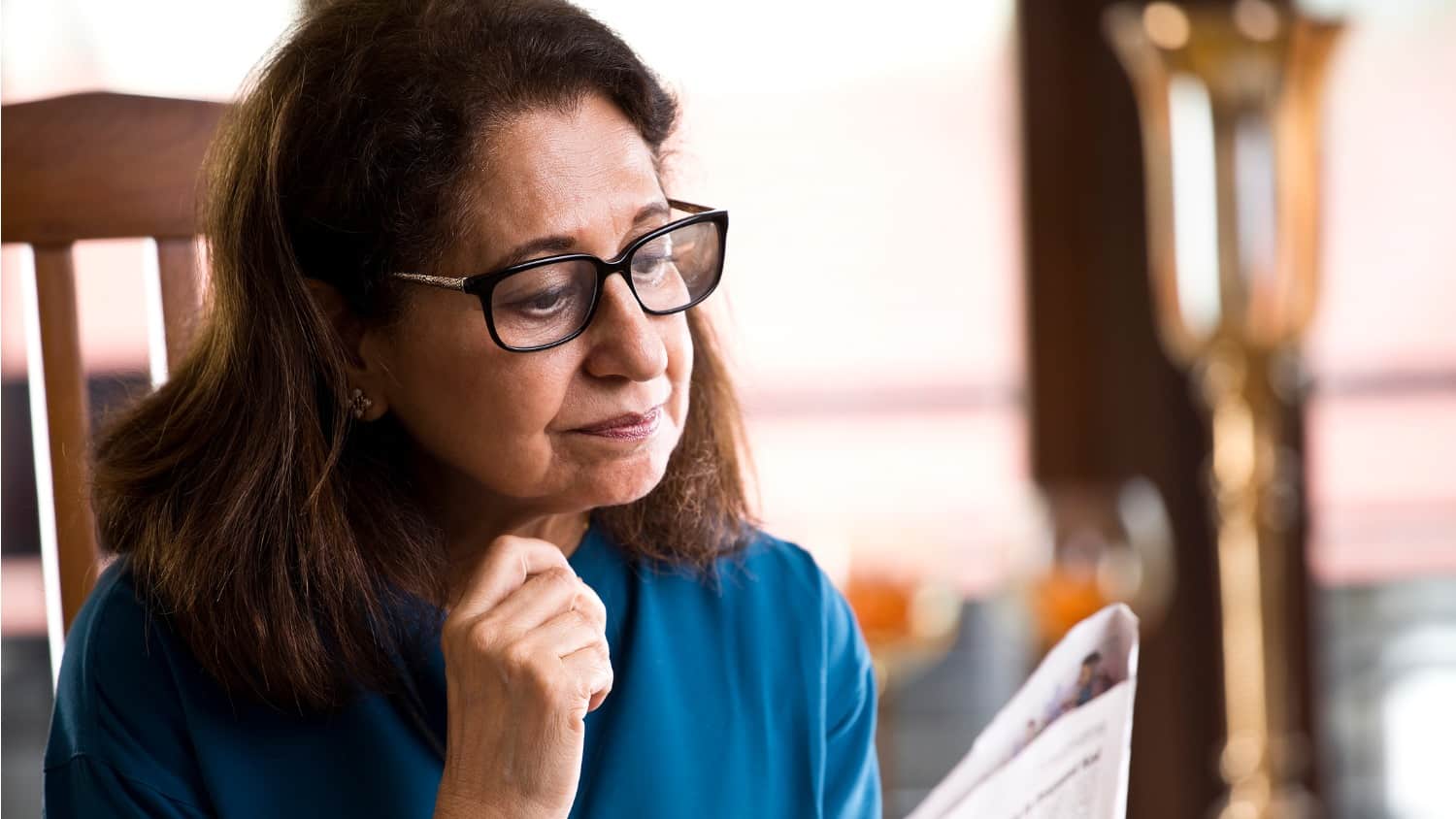
Pandemic Gardening: How to Grow Vegetables in Containers
Once upon a time I lived on 10 acres, and we grew all our own vegetables. Then I moved into town, where I built raised beds and grew corn, tomatoes, salad veggies, and squash.
Now I am retired, and I live in a tiny house by the seaside, with a dollhouse-sized lawn and pond in the back and a concrete patio in the front. The back is also wooded, which means shady. Most vegetables prefer sun, so until recently, I bought my produce at the local farmers market and grew flowers instead.
This March, when I would normally be buying flower seeds and starter plants from my local nursery, I was Sheltering in Place. “No garden this year,” I told myself, but I didn’t know the effect being trapped at home would have on my gardening muse.
Gardening Helps Settle Our Minds
Although I had previously limited myself to growing a few vegetable plants in two horse troughs on my front patio, this spring I, too, felt the need to grow more vegetables. By the end of March, I was desperate to stick my hands in the dirt and watch some seedlings grow.
I wasn’t alone. Something about sheltering for months in our homes has brought out the Victory Garden mentality in many of us. Jennifer Atkinson, author of Gardenland: Nature, Fantasy and Everyday Practice, talking to Petra Mayer of NPR, said:
“What people are starved for right now isn’t food but contact with something real. We spend all day on screens. We can’t be around each other at restaurants or ballparks. We can’t even give hugs or shake hands. So, all of a sudden, the appeal of sinking your hands in the dirt and using your body in ways that matter, becomes irresistible.”
Gardening is a wonderful antidote to boredom, loneliness, and depression, all emotions I have felt at times during the last few months. Research points to gardening as improving “quality of life, physical strength, fitness and flexibility, cognitive ability, and socialization” in older adults.
The Need for Gardening Took Over
However, when my gardening muse kicked in last March, I scoured seed catalogs and learned I’d missed the deadlines for shipping. I rummaged through drawers in my garage, frantically looking for old packets of seed. My local nursery was shuttered, and in any case, I wasn’t leaving my house for anything at that point.

A few days later, that same nursery came to my rescue – a Facebook post announced that they would begin taking online orders and would deliver to my neighborhood.
Giddy, I went to their web page. Seduced by their attractive photos and extensive list of plants, I ordered 20 six-packs of vegetable starts and several packets of seeds.
After the plants arrived and I had set them on my patio, I realized I had seriously overbought. Last year’s vegetable garden had fit in two horse troughs –I would need twice that amount of room to plant my new babies.
Container Gardening
But that is one of the great advantages to container gardening – anything that permits drainage and holds 2–6” of soil can serve as a home for a plant. I pulled pots out of my garden shed, repurposed several buckets, and began transplanting vegetables into anything I could find, including a rusted-out wheelbarrow and an old boot.

One advantage of container gardening is you can move the pots around during the day so that the borage stays in the shade and the tomatoes get several hours of full sun. I found a few spots in my shady backyard where the sun shone enough for peas, lettuce, and eggplant, but most of my pots went on the front patio.
Another advantage of container gardening is that you can create your own planting mix, customizing it for acid-loving vegetables and those that thrive in alkaline soils. Once you have decided which vegetables you want to plant, research their soil preferences in your favorite gardening book or on the Internet.

You can test your soil inexpensively with a test kit from a nursery or hardware store. For acid-loving tomatoes, I combine garden-center planting mix with compost, dry timed-release fertilizer, and worm castings.
Beans, cauliflower, and kale prefer alkaline soil. For them I add ground rock sulfur and wood ash until I get the soil to the right Ph. Both additives can be purchased at garden centers.
Before putting the soil in containers, I lined the bottom of each pot with fine wire mesh, then weed cloth and about an inch of gravel. This allows drainage through the hole or holes in the bottom of the pot without washing out the soil.
One two-sided challenge with containers is to keep the soil from either drying out or drowning. Either extreme must be dealt with before the soil is placed in the pots – make sure there are adequate drainage holes, then mix enough compost (acidic) or ash (alkaline) to the planting mix to hold moisture.
When to Harvest
Many spring vegetable starts will be ready for harvesting in two to three weeks. In April, May, and June I took a pair of scissors and a basket out to my pots each morning, cutting lettuce, peas, cilantro, mint, basil, and arugula, before pulling up a couple of radishes.
I washed them and placed them in the refrigerator in plastic bags to crisp up for my lunch-time salad. I planted several of each variety so that when one stopped producing, I could start something else in its place.

When some of the veggies began to bolt in June – lettuce, cilantro, basil, and spinach are especially prone to bolt – I trimmed off the flowers and moved the pot out of the sun.
Deep containers, such as wine barrels, horse troughs, or buckets, work well for heirloom tomatoes, corn, and sunflowers. Summer squash needs 12–18” of soil; winter squash another six inches. In March, I planted potatoes in burlap sacks – my grandchildren love to help me harvest them with their bare hands.
Now that most of the spring-planted vegetables have run their course, I have a new set of six-packs ready to transplant: broccoli, cabbage, a late-growing carrot, cauliflower, chard, spinach, and turnips. With a little luck and cool weather, I’ll be eating out of my container garden until Christmas.
I gain so much more from my container garden than salad. The world retains some measure of normalcy, and I feel connected to it. With these tips, you can feel the same way too.
Have you tried container gardening? Where do you keep your veggie pots? What types of containers have you used? What veggies did you plant? What were the results? Can you share any tips with the rest of the community? Please use the comment box below.
Tags Coronavirus Creativity






